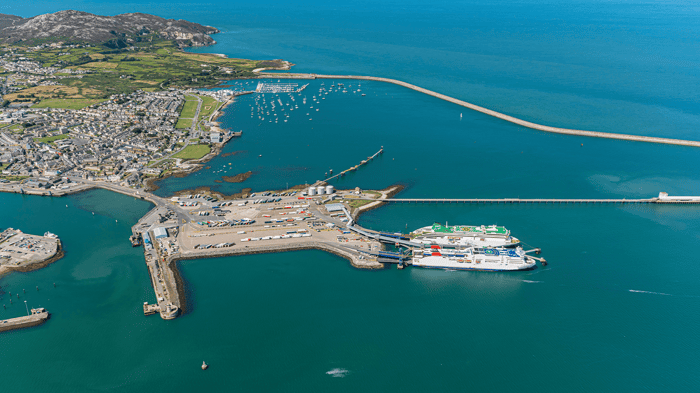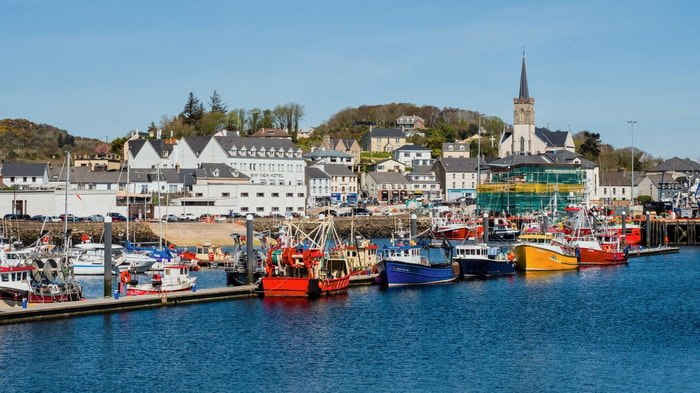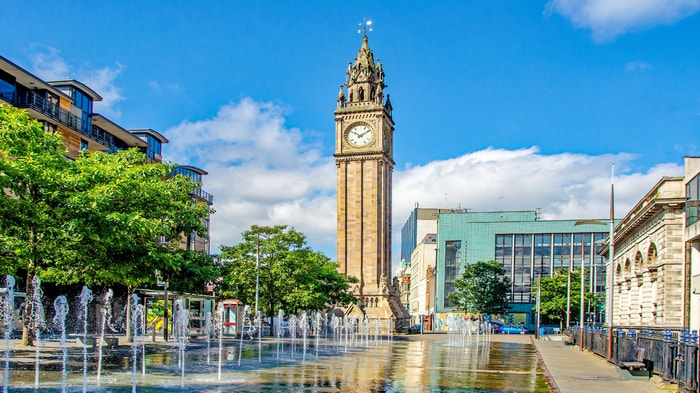British Isles
Exclusively for adults - Arcadia’s signature features such as her exterior glass-fronted lifts and expansive art collection, featuring no less than 3,000 works of art, create a sophisticated air.
Welcome to the P&O cruise experience - where quality and value abide in perfect harmony.
P&O Cruises offer a distinctive style that appeals to both new and veteran travellers alike, with trademark sailings providing opportunities for the whole family to enjoy.
Cruises for those seeking an adult-only vibe are available, while those who prefer smaller ships can choose from more modest vessels.









Exclusively for adults - Arcadia’s signature features such as her exterior glass-fronted lifts and expansive art collection, featuring no less than 3,000 works of art, create a sophisticated air.
